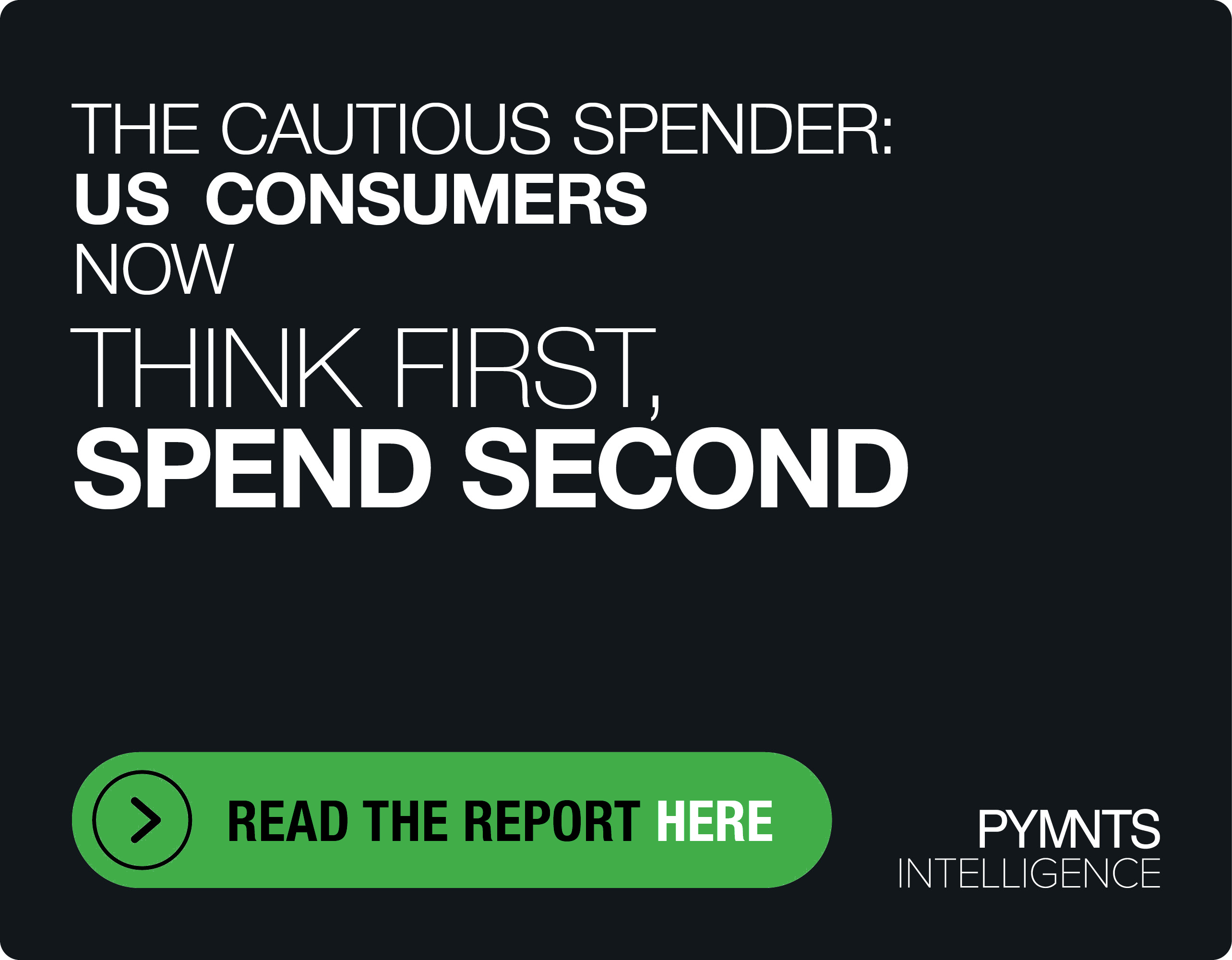Digital Banking And Branches Not An Either/Or Proposition

Banks are not just competing for customer engagement and retention — they are also vying for funding and resources as they overhaul their infrastructure and banking tools. The latest Digital Banking Tracker examines how legacy institutions stay competitive with challenger banks.
Competition Can Lead to Innovation
Jamie Warder, head of digital banking for KeyBank, made the point that challenger banks’ rising popularity may be spurring legacy institutions to innovate. “At the end of the day, in some cases, [challengers] are partners and, in some cases, they’re competing with us. But I think what it does is it pushes us. It [pushed] us at Key to build a design center that we never had before. … [It] pushes us to buy … and acquire technology companies,” he said.
Legacy banks would do well to have strategies to work with challenger banks and FinTechs, or even acquire them. KeyBank has managed a four-year-long partnership with AvidXchange and it recently acquired small business lender Bolstr. The bank also works with PayPal to provide features such as instant transfer.
The Rush to Digital
Smartphone usage and enhanced digital applications have been changing many industries, and banking has been one of the most transformed. A Citi study found that 31 percent of consumers say they use their mobile banking app the most.
GOBankingRates found that 25 percent of consumer prefer banking with a mobile app, though nearly half preferred banking in person at a branch or ATM. Yet 76 percent said they wouldn’t open an account with a bank that doesn’t have a mobile app.
That might sound counterintuitive on the surface, though it appears that banks offering mobile apps are attractive, but consumers would like to decide which channel to use.
According to Fiserv, the preference for digital interactions (online plus mobile) is 58 percent, considerably ahead of the preference for branch interactions (32 percent). Most of the shift over time can be attributed to the growth in mobile use.
When breaking out online, though, there is a preference for online (37 percent) compared to mobile (17 percent).
There is a danger in the rush to compete via mobile, however.“Banks are trying to mimic other banks [on mobile],” said Hisham Salama, Bank of the West’s executive vice president and head of digital channels, in an interview with PYMNTS. “We had this realization, from a digital perspective … that in three years, if we’re being compared to banking apps and we’re comparing ourselves to other banking apps, we’ve taken a wrong turn somewhere.”
Branches Aren’t Saying Good-Bye
Despite the clear digital preference in the Fiserv study, branches are not in danger of going extinct any time soon. Half of consumers made at least one in-person branch visit in the past month, a figure that has held steady since 2018. Top reasons cited for visiting a branch were to deposit a check (53 percent), withdraw cash (41 percent), deposit cash (36 percent) or cash a check (30 percent). Just 14 percent went to a branch in order to speak with a staff member in person.
JPMorgan Chase and Capital One appear to be aware of this, as they both are building new physical locations despite digital challengers’ increasing presences in the U.S.
“Let’s be clear, there is a shift happening … toward digital. You can’t deny that — no data would say otherwise,” said KeyBank’s Warder. “What’s interesting, though, is the transactional shift is happening much faster than the advice and sales shift. So, I think [branches] matter …[but] they shift from being transactional to being more and more advice-driven [places].”
Trust as an Asset
In the U.K., some legacy banks have been relying on established trust with customers to keep them loyal. Newer FinTechs might be unfamiliar to consumers and haven’t yet built a reputation on safety and security.
The previously mentioned Citi study, for example, found 87 percent of consumers would still trust traditional banks more than non-bank financial institutions.
Because of this, many banks are taking a hybrid approach. Bo, RBS’s new standalone digital-first bank, is one example of traditional banks’ efforts to capitalize both on customer trust and rising demand for digital-first solutions.
Similarly, HSBC launched a money management app called Connected Money, which shows users bank accounts from HSBC as well as rivals including Barclays and Lloyds.
The Future
In an interview with PYMNTS, Saurabh Bajaj, chief product officer at Feedzai, explained how advanced technology like artificial intelligence (AI) and machine learning (ML) can help legacy institutions to compete with challenger banks.
Integrating customer data from every single source across an organization is the first step, then augmenting that data with customer data from outside sources, ultimately integrating all of the data into one system.
“Data integration is key. Having that single source of truth provides the backbone for a profound understanding of behavior patterns, because the more clean data that is fed into a machine learning system, the more you’re capable of accurately scoring transactions. This is what creates real-time processing,” he said.
